
The Motivation Manifesto: 17 Simple Ways To Get Yourself Motivated to Exercise (Even If You Hate it And Don’t Have Time)
Getting motivated to exercise every day can suck.

At the end of a long day of work, there are many things most of us would rather be doing.
How do you get yourself to do it then?
It’s all about removing the idea that you need to “get yourself motivated.”
The Real Key to Limitless Motivation
1. Do The One Minute Challenge
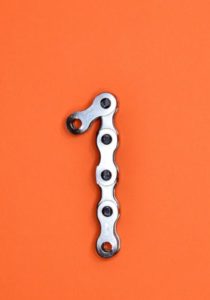 People laugh when I recommend this, but the results are undeniable.
People laugh when I recommend this, but the results are undeniable.
If you can’t get yourself motivated to exercise for the recommend 45 minutes at a time, decrease the time, which will decrease the mental resistance.
If you can’t get yourself to even do 30 minutes, then do 20.
And if you can’t do 20, do 10.
And if you see “exercise 10 minutes” on your schedule, and still feel mental resistance (and thus don’t do it), do 1 minute.
Yes, one minute.
It’s so laughable to most people because we figure, “Is a minute going to do anything?” but that’s the wrong question.
The right question is, “did I actually get myself to exercise today?”
Sure, a minute may not mean anything now.
But the difference is that now you got yourself to exercise, but when you said 30 minutes, you didn’t move at all.
Tomorrow, increase it to 2 minutes.
2. Kickstart Your Inner Nuclear Reactor
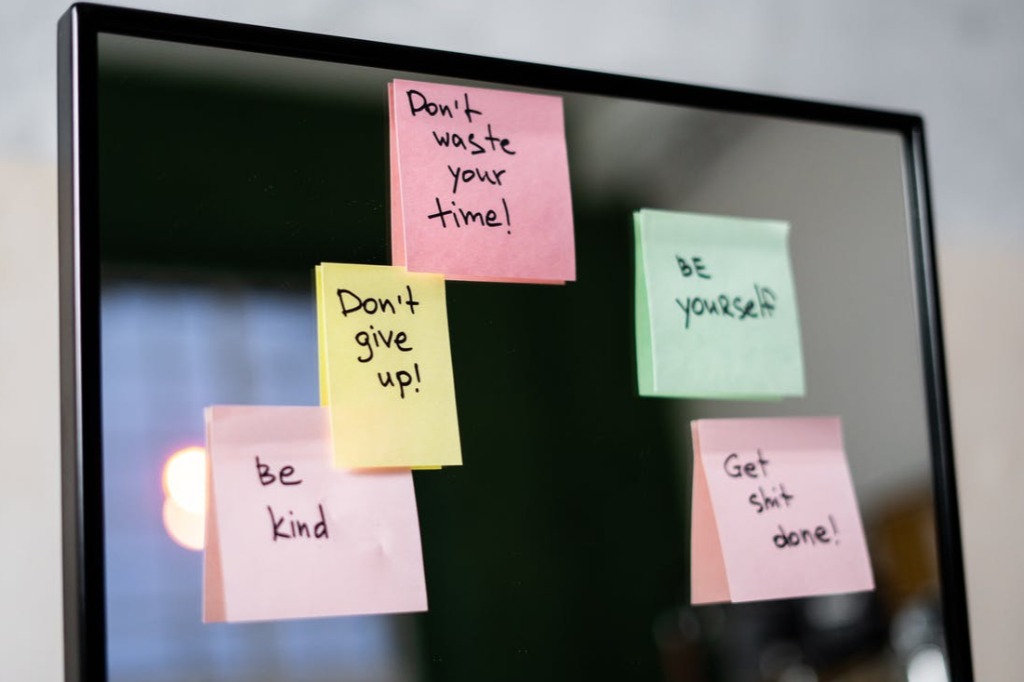
I’m a big believer in the “big lie of motivation.”
What’s the big lie?
Simple.
The lie is that you either possess motivation, or you don’t. The problem is that most of us think we don’t possess any special motivational abilities, and thus, put ourselves in that unmotivated, lacking self control basket.
Here’s why I think that’s a huge lie.
A few years ago, I found myself ambitiously pursuing some new hobbies that I really wanted to get good at.
And because I showed up with a really ambitious spirit, I quickly surpassed most of the people in my class, and got really good, really quick.
But a couple of months in I found myself getting burned out.
I started hating it.
I wondered why I even took up the hobby.
Eventually, I quit.
Compare that with two activities I’ve been doing for almost ten years, without any explicit goal every day besides enjoyment: the gym, and reading.
I’ve been so consistent about these two activities because I like them.
It’s amazing how doing what you enjoy is the biggest wellspring of motivation in existence.
So rather than trying to “find” motivation, instead shift to activities that you actually like doing. If you absolutely hate going to a zumba or yoga class, go for walks solo and listen to a podcast while you do.
If you hate walking, then try gardening.
If you hate gardening, do some Kung Fu or sign up for a new type of physical fitness class that piques your interest.
Rather than trying to force motivation (pushing yourself), do something you enjoy, which generates an internal nuclear reactor of motivation – a pull.
3. Set Up Positive Habit Triggers
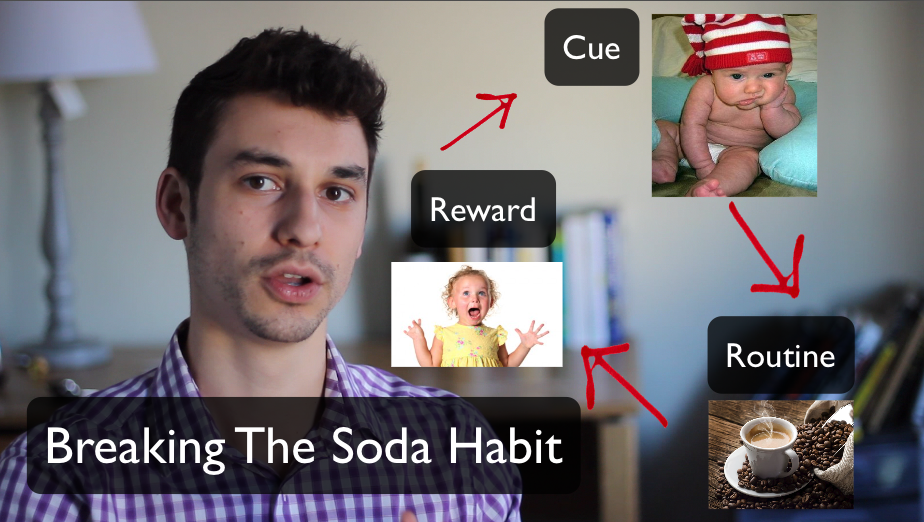
One thing I use in my life is what I call “habit triggers” – which are basically just simple routines.
For example, I have my million dollar morning ritual and daily routine which is anchored to the morning every day – and almost the same time every day.
From there, it’s almost impossible to forget it.
My workout routine is the same – I set to leave my office at either 4 or 4:45 every day, and go immediately to the gym 15 minutes away before going home.
There is virtually no time in the world where I decide to immediately go home after work – and now that’s become a simple routine.
Five is “just the time” when I do my gym stuff, and it’s now non-negotiable. Try anchoring your workout to the same time every day.
4. Use intrinsic motivation
What motivates you more than fear?
Think of a goal you love – something you really want to do, like climb a mountain in Africa. and use that as a goal.
Sometimes we get so busy scaring ourselves or hating on ourselves, that we don’t take time to figure out what we’d love to do if we were fit again.
Maybe being healthier means we can climb that mountain, take that trip, hike that pilgrimage trial, or something else.
What’s pulling you?
Start thinking of that – not all the things you’re missing out on.
5. Create an Inspiration Playlist

Think about what you see before a big game on TV – how do the athletes prepare themselves?
Have you ever seen a big football player with large headphones on before a match, sitting on the sidelines getting warmed up?
Most competitive athletes I’ve talked to have a “pump up playlist” that gets them going before a big match.
So for me, what I put together was a playlist of short videos – around 10 minutes altogether – that I watch if I’m really unmotivated in my life.
Whenever I can’t get focused, I go to the document “Inspiration Playlist,” go through the entire list, and then I’m instantly in a much better mood.
Try putting together your own from free clips on youtube.
6. Become The Right Kind of Person
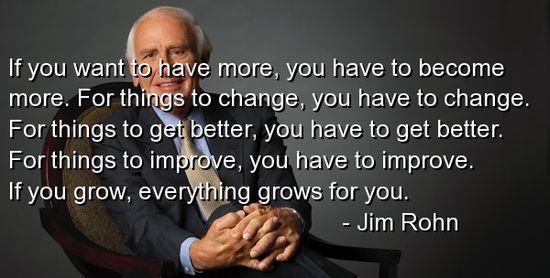
Yesterday was Friday, and as I rolled up to the gym at 5 pm when it was virtually empty (usually my favorite day of the week) I suddenly felt sluggish, like a bowling ball was placed on my lap and I couldn’t move.
I didn’t sleep much the night before, so the combination of lack of sleep, the time of day, and the fact that it was Friday was catching up to me a bit.
And that’s when I used a famous exercise that has saved me many times before, that I like to call the genius self exercise.
Whenever I find myself in a bind like this, I ask myself “what does the genius/happy/successful/healthy/content/enlightened Alex do?”
Almost always, the answer is immediately apparent.
If it’s the end of a long day and I haven’t meditated yet, but I said I would, it’s obvious what the more enlightened Alex would do – he’d sit down on the damn cushion and meditate.
If it’s Friday and I’m tired and don’t want to work out, it’s obvious what the fit and healthy Alex would do – he’d go to the gym anyway, or drink a coffee on the way to the gym and then workout.
And if I’m really tempted to raise my voice at someone who made a mistake, it’s obvious what the cultivated, monk Alex would do – he’d take a few breaths, chill out, then respond.
See how easy it is?
Sometimes if you just ask yourself what the right kind of person (or healthy version of myself) would do, the answer is obvious.
And once you know the right answer, it’s a lot easier to make the decision.
7. Use The Handshake Technique
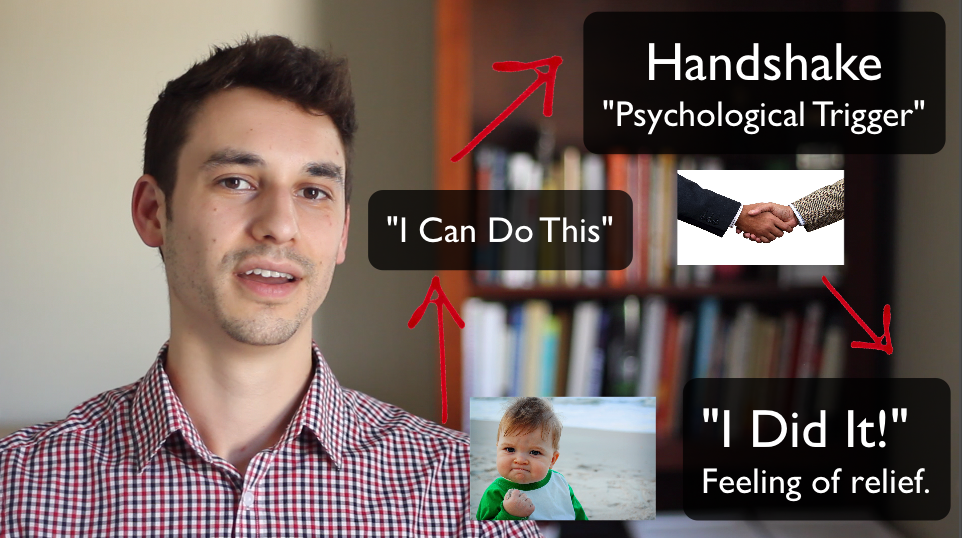
When it came time to train extremely busy CEOs, Brian Grasso heard the same old excuse (an entirely valid excuse for a CEO), that I don’t have time for this.
So he decided to try something different: rather than setting them up with an entire workout regime, a diet plan, etc, he knew this was an issue that originated in their minds.
He told them to come to the gym at 6:30 am sharp, with their gym bag, and once they got into the gym, he’d shake their hands and tell them the workout was done for the day.
In case you missed that, let me repeat it: he’d shake a CEO’s hand, then tell him/her to leave.
That was the workout.
Now if you’re a sane person, this looks borderline neurotic – and you can imagine how pissed off a CEO might be. But there was subtle magic being worked here.
Brian knew that until the CEO had proved (in his own mind) that he wasn’t too busy for this, he’d never show up consistently to workout.
Over a period of weeks of doing this (weeks of just showing up on time, shaking Brian’s hand, and then leaving), some of them figured, “Eh, I’m here anyway, might as well get a quick workout in.”
And RIGHT THERE is where the magic happened.
Once they regularly got in a small workout, it was easier to just make it a bigger workout.
And once the internal battle had been won, “Okay, I’m not too busy for this,” it was a piece of cake.
8. Create a Tasty Incentive

Which scenario works better:
A. If you go to the gym today… you went to the gym today and won’t feel guilty.
B. If you go to the gym today… you get to have a fruity, delicious smoothie?
Obviously #2.
Incentives work, when they’re done right.
And the problem is that when we see “the gap” – the space between our goals – it’s way too easy to just focus on how far away we are, rather than what’s working and what’s going right.
Sometimes if you offer an incentive, you’ll be way more likely to do what you intended in the short run.
So if it’s been all punishment because you aren’t “there yet,” try drinking a delicious smoothie after your workout.
9. Make A Bet With Friends

Mike, a success story I highlighted in a private interview, ended up losing 20-30 pounds and a large part of that was a bet he made with his friends.
It wasn’t your typical “who can lose weight faster” bet, but it was a bet to see both he and his friends could keep up with a few simple habits each day: The gym at lunch, salad after the gym, and a green smoothie for breakfast.
Sometimes it’s literally as easy as getting other people to link in your habit for you, which can be as simple as:
- The lunch routine. Mike and his friends started their own club essentially – where they all worked out together at lunch, and then all ate salads with a big piece of chicken after lunch. He literally anchored in the habit with positive peer pressure which guaranteed that every day they’d workout, then eat right. That’s “just what the group does.”
- The morning routine. This morning, I saw two women going for a walk around 7 am talking about life and enjoying themselves. Have a friend who is equally interested in doing something, but wants to avoid the irritating treadmill? Drag him or her along.
- The evening routine. Another really common time for exercise is right after work. This is where I find myself most days since it’s easy to maintain momentum if I haven’t gone home yet. You literally could make a bet with friends here (base your score on attendance, not pounds lost), or you could just “owe” someone money for every missed day you said you’d go.
10. Don’t Mess Up Your Streak
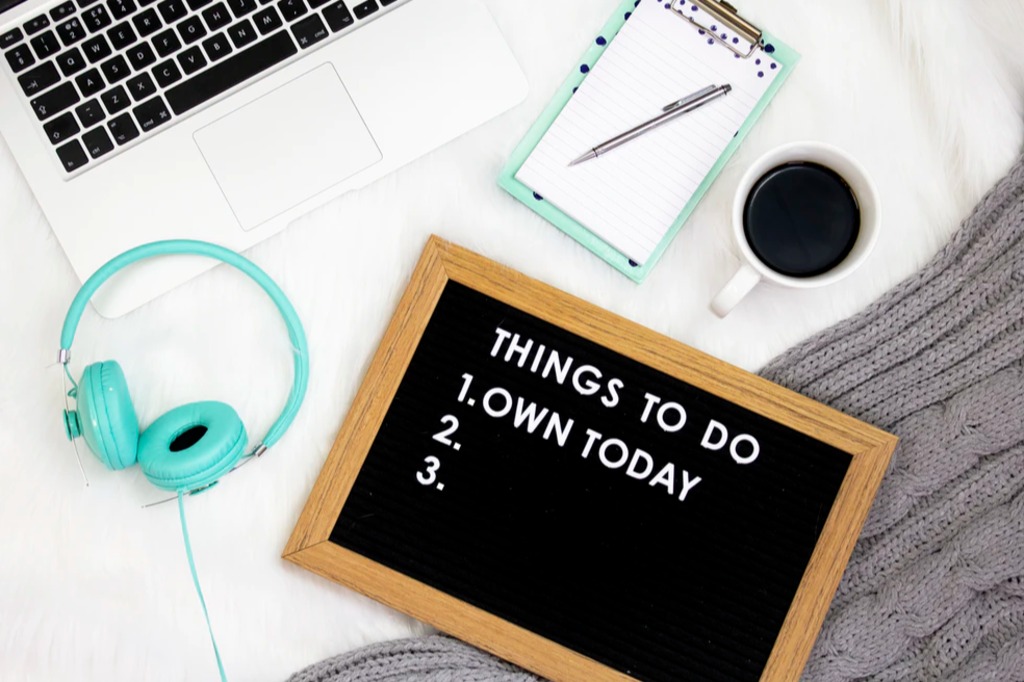
A really fun technique that I learned from Jerry Seinfield, as well as most of the habit tracking apps out there today, is keeping streaks going.
Brad Isaac talks about how when Jerry Seinfeld wasn’t as well known, he ran into him in a club where Seinfeld was working and asked him essentially what his “secret” was. And here was his advice.
He said the way to be a better comedian was to have better jokes, and the way to having better jokes was to write every day.
He would get a year calendar that had the entire year on one page, put it on his wall, and then get a red magic marker.
Any day where he wrote, he’d put a big red “X” over it, and then the same for the next day, and the next.
Then he’d connect them with a line where it’d form a long streak, and the goal was to avoid breaking the chain.
An app by the same name, Streaks, follows this strategy exactly.
Essentially you can plot what habit you’re working on, e.g. going to the gym 30 minutes a day, and then you just track it.
You can either use the app I mentioned, or you can just get out a calendar and put it right on there.
One of the ways I make sure that I actually remember what I’m working on is that I actually bring an empty calendar to work that’s a duplicate of my home one – so if I’m at work, or if I’m at home, I always know what habits I’m working on and what my streaks are.
11. Become Clairvoyant

One of the most powerful revelations of my entire life was the whole tiny habits approach that I write about in my book Master The Day.
When I realized that I could literally sit down and write out on paper my actions today, and that would accurately predict where I’d be in a year, or two, or three, it was mind blowing.
I couldn’t believe it.
It was as close to clairvoyance as it gets.
Here’s how I do it.
I get out a piece of paper, and then I write down wahtever needs improving (e.g. my health), and then all the habits surrounding it.
Since we’re going with exercise in this article, I’ll show you how I’d “predict the future.”

It’s funny.
The saying is that we actually are surprised when the meltdown occurs.
But we really can accurately predict where we’ll be, which is as close to clairvoyance as it gets for the average human.
When I do this “health clairvoyance” exercise, I wrote down a few key habits I’ve seen in previous clients.
Let’s take a look.
Eating Habits:
- Breakfast at the coffee shop
- Soda with each meal
- Sugar 2-3x a day
Exercise Habits:
- Walk 30/min week
- No stretching
- No gym
Wellness Habits:
- Easily grumpy
- Sleep 6 hours
- Hate job
… So let’s see where that compounds in five years.
Some people go “Gee, I have no clue where I’ll be.”
But realistically, we often do.
We KNOW that getting breakfast at the local coffee shop is usually a pastry. We KNOW soda with each meal is extra calories and a lot of sugar. And we KNOW having sugar multiple times a day is bad.
We KNOW that going for one 30 minute walk a week is probably not enough. We KNOW that not stretching will probably result in stiffness. We KNOW that not going to the gym will probably result in weakness and flabbiness.
We KNOW that getting grumpy over everything negatively impacts happiness. We KNOW that sleeping 5-6 hours makes us feel like crap. We KNOW that hating our job saps our energy.
See? No surprises where we’ll be in five years.
Sometimes just going through this exercise is a gamechanger as far as motivation goes.
12. Develop an Internal Locus of Control

Ever feel like life is out of your control?
Ever feel like there are all these forces outside of you that are messing up your goals – losing weight (genetics), getting paid more at your job (the economy), or something else?
Well, psychologists have found that successful exercisers (and successful people in general) have one trend in particular: they don’t buy this for one second.
Most long term exercisers have what’s called an “internal locus of control” which just means that they know and believe that they are fully in control of most of their life, and that they alone are responsible for the results they get.
And makes sense, right?
If you don’t think anything you do is going to have ANY effect on your health… why bother trying?
If you don’t think you’re going to continue exercising after next week, why go this week?
And if you figure that you have “bad genetics” that exercise cannot fix, why would you exercise at all?
Developing an internal locus of control means learning that we all control our lives, and especially the responses around us.
13. Channel Your Inner Demons

One of the success stories I profiled here, Lauryn, who lost over 100 pounds talked about keeping an old picture of herself from high school to motivate her.
She used to be a cheerleader in high school, and after having a child, being a single mother, and going through grad school, she gradually gained quite a bit of weight until she didn’t recognize herself.
Just by having her old picture (and jeans) on the wall, that reminded her of a powerful “why” each morning.
14. Use It to De-Stress

It’s foolproof: have your crappiest day, and right in the middle of the stress, take time to go for a 20 minute brisk walk.
Ideally just do nothing, but if you want, listen to a podcast, some music, or something inspirational while you’re walking if nature won’t do it for you.
After 20 minutes, go back to whatever was stressing you out, and I guarantee you’ll feel infinitely better – maybe even stress-free.
I’ve used exercise as my main “drug” for a long time now, and it’s incredible that no matter how sad, angry, or frustrated you are with life, after a half hour or an hour exercising you just feel calm and collected.
Even if you’ve never exercised before, try it next time – when you get stressed out, go for a quick 20-30 minute walk, then tell me how you feel.
15. Remember How You Feel After

Yeah, it’ll feel like your 7th birthday right before you blow out the candles!
Some years ago, I read a study suggesting that long-term exercisers primarily cite one main reason they continued to exercise for years.
Can you guess what it was?
Because they felt amazing after.
Instantly, I knew it was at least partly true, because it was by far the #1 reason I continue to exercise regularly.
I almost never force myself to do it, and literally every time I leave the gym I have so much energy and feel amazing (if I don’t overdo it).
One thing you can do is track how you feel after every workout (literally write it down on your phone), and then read it before you workout.
Remind yourself that you’re not going through a boring, grinding workout, but instead you’re going to be in an incredibly good mood after.
16. Create a Crunch

Still struggling to get motivated?
Then give yourself a deadline – a real one.
Think of an event coming up in about 12-16 weeks. It could be beach season, a wedding, warmer weather where you want to wear less clothing, or a vacation.
And if you don’t have one of those events coming up that you can use as an incentive to motivate yourself, schedule one.
One of my friends, and at least a few of my clients, have scheduled 5k runs several months ahead of time and then used that as their motivation to work hard over the coming months to get there.
What’s your 12 week crunch?
17. Warp Space and Time
Think about when you’re older, or if you are older, this is even easier.
FEAR.
Use it to your advantage.
I was once on the phone with a middle aged woman (around 65), who told me that she was scared straight because her friend that was only a few years older recently passed away due to heart disease.
She didn’t even realize that she was “that old,” but she noticed that a lot of her friends started to have health complications.
And since she loved her family, and her grandkids, she reminded herself that she wanted to be there for them.
Sometimes, the best motivation is the most harsh – is it better to force yourself to do 30 minutes today, or be dead in the next 5-10 years?
Sad, scary, and maybe even aggressive is the word – but true.
What Else Would You Add?
Bottom line: the best thing here is to focus on intrinsic motivation – focus more on activities that you actually like, because then you’ll be pulled to do what you said you’d do.
If you can’t, resort to plan B and employ some of the tactics here.
-Alex
Images: Freedigitalphotos.net.
